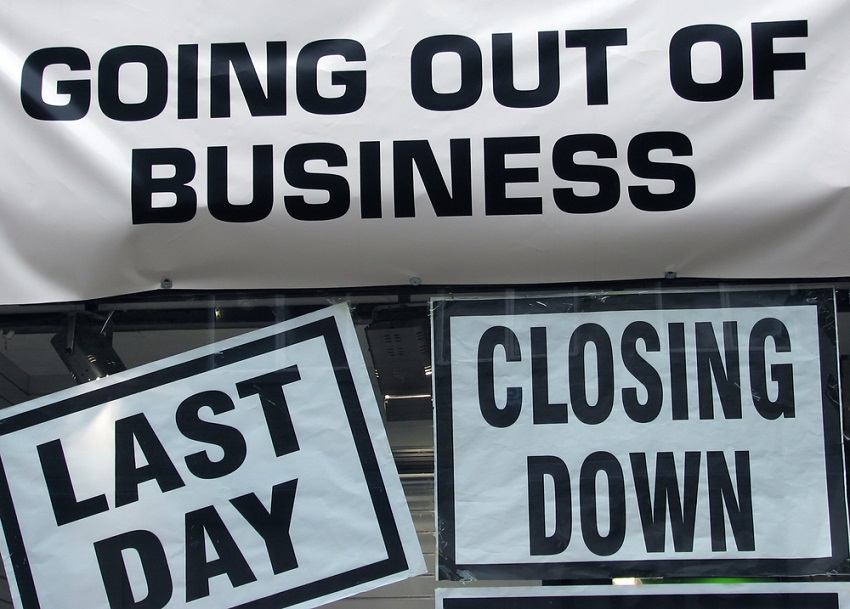 As published in CK Momentum Issue 3 (Click here to download)
As published in CK Momentum Issue 3 (Click here to download)
Business owners have some important obligations under the workplace health and safety laws. They include reporting certain incidents to the workplace health and safety regulator in the relevant state and preserving sites where incidents have occurred.
Employment and Industrial Relations Partner, Belinda Hapgood, provides some useful tips for employers in complying with their obligations.
WHAT DO I NEED TO REPORT?
Only “notifiable incidents” must be reported to the WH&S regulator. The name of the regulator varies across states: in Queensland it’s Workplace Health and Safety Queensland and in New South Wales it’s WorkCover.
Notifiable incidents are those that result in the death, serious injury or illness of a person, or involve a dangerous incident. The person affected doesn’t need to be an employee or even a worker: it covers any person, including a member of the public (even if they are not meant to be at the workplace).
WHAT’S A SERIOUS INJURY?
A serious injury includes:
- those resulting in an in-patient stay in hospital;
- an amputation;
- a serious head or eye injury;
- a serious burn;
- a spinal injury;
- the loss of a bodily function;
- serious lacerations; or
- exposure to a substance.
WHAT’S A DANGEROUS INCIDENT?
Dangerous incidents are those that expose workers or others to a serious risk to their health or safety.
They include:
- an uncontrolled leak or spillage of a substance;
- an uncontrolled fire or explosion;
- electric shock;
- a fall from a height; or
- the collapse or malfunction of plant.
Importantly, dangerous incidents include “near misses”. Even though a dangerous incident does not result in actual harm to a person, it must still be reported. While only serious incidents related to the workplace are intended to be notifiable incidents, many people have difficultly determining whether an incident should be notified. Most incidents falling in this category will be reasonably clear cut, but if you are unsure about whether an incident should be notified, it’s useful to contact the workplace health and safety regulator in your state for guidance.
Incidents that are not related to work are not notifiable incidents, for example, a person with epilepsy having a seizure at work or a person suffers a heart attack which is unrelated to the work. While these events certainly require medical attention, it is not necessary to report them to the regulator.
WHEN DO I NEED TO REPORT?
If a notifiable incident occurs, then you are obliged to notify the regulator immediately after becoming aware of it.


